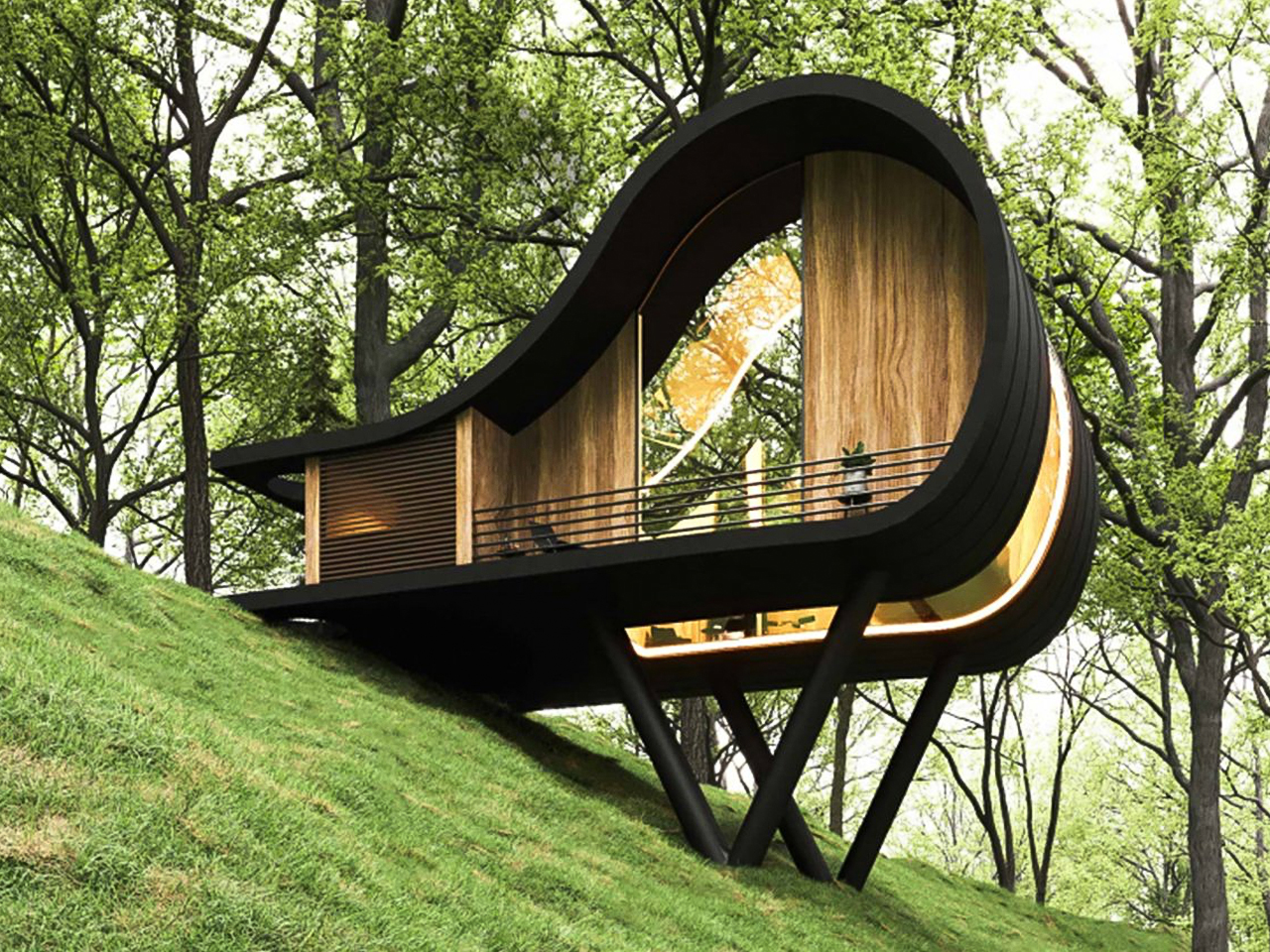
"Earth-sheltered homes - often called "hobbit houses" in homage to J.R.R. Tolkien's beloved tales, are quickly becoming a top trend in sustainable architecture. These unique dwellings blend seamlessly into the landscape, offering homeowners peace, energy efficiency, and a closer connection to nature. If you're searching for a home that's as eco-friendly as it is enchanting, earth-sheltered living could be your answer."
"Earth sheltering is an ancient architectural technique that partially or fully embeds a home into the ground. Beyond its visual charm, it is practical as it uses the earth's natural thermal mass as insulation. The soil buffers the structure from extreme outdoor temperature swings, keeping interiors consistently comfortable. Homes built into hillsides or surrounded by soil stay naturally cool in summer and warm in winter, reducing reliance on costly HVAC systems."
"Just 20 minutes from Chișinău, the capital of Moldova, a small Eastern European country bordered by Romania and Ukraine, the Hobbit Wake Houses by LH47 ARCH rise quietly from the lakeshore near Panasesti. At first glance, they resemble grassy hills with glass "eyes." Inspired by Tolkien's hobbit dwellings, these three earth-sheltered cabins merge with the landscape, featuring living roofs that reduce energy use and visual impact. Built with straw bale walls, clay-and-straw plaster, lime wash, and local timber, they naturally regulate temperature and humidity while lowering the carbon footprint."
Earth-sheltered homes partially or fully embed living spaces in the ground to use soil's thermal mass for insulation. The earth buffers structures from extreme outdoor temperature swings, maintaining consistent interior comfort and reducing reliance on HVAC systems. Homes built into hillsides stay cool in summer and warm in winter, increasing energy efficiency and comfort. Living roofs and vegetation minimize visual impact and lower energy use. The Hobbit Wake Houses near Panasesti, 20 minutes from Chișinău, use straw-bale walls, clay-and-straw plaster, lime wash, and local timber to regulate temperature and humidity and reduce carbon footprint while merging with the landscape.
Read at Yanko Design - Modern Industrial Design News
Unable to calculate read time
Collection
[
|
...
]